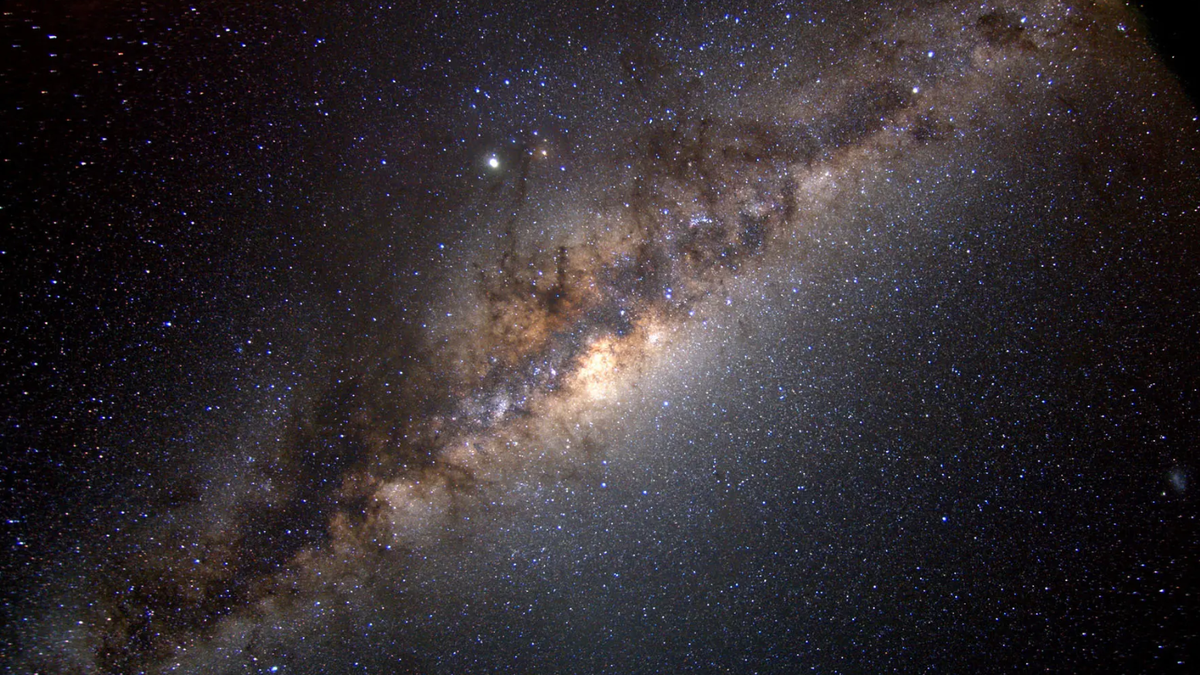The vast galaxy that, along with hundreds of billions of other stars, hosts our star system appears as a shimmering speck stretching across our night sky on clear, moonless nights. For an ancient people more obsessed with the cosmos, the view of the Milky Way may have symbolized a goddess floating above the earth and helping the dead on their journey to the afterlife.
A new study published in the Journal of Astronomical History and Heritage explores the role of the Milky Way in ancient Egyptian culture and connects our home galaxy with Nut, the goddess of the sky.
The ancient Egyptians were pioneers in the field of astronomy; They observed stars, constellations, and other planets, tracked the movement of the sun and moon, and developed the concept of a 365-day year and a 24-hour day. Astronomy was integrated into their everyday lives through agriculture and was also used in the construction of the foundations of the Giza pyramids. They believed that by doing so they were bringing some form of divine energy to earth.
In ancient Egyptian religion, the goddess Nut represented the sky, the stars, and the universe as a whole. She was often depicted as a woman with stars all over her body, bending over her brother, the earth god Geb.
The new study explores the idea that the Sky Goddess was a celestial manifestation of the Milky Way. “I came across the sky goddess Nut by chance while writing a book about galaxies and studying the mythology of the Milky Way,” Or Graur, an astrophysicist at the University of Portsmouth and lead author of the new study, said in a statement. “I decided to combine both astronomy and Egyptology to conduct a dual analysis – astronomical and cross-cultural – of the sky goddess Nut and see if she could really be associated with the Milky Way.”
Graur referred to ancient Egyptian texts, including the Book of Nutswhich originally bore the title Basics of the movement of the stars. The text focuses on the movements of the moon, the sun, the planets and the cycles of the stars. He also used simulations to model what the Milky Way would have looked like at various locations in Egypt 3,000 to 4,000 years ago, and how its appearance would change as it rose and set over the course of the night and from one season to another.
In the Book of NutsNut’s head and rump are equated with the western and eastern horizons, while her arms are described as lying obliquely to the body, with her right arm lying to the northwest and her left arm to the southeast. By simulating the ancient Egyptian view of the galaxy, this specific orientation would be the way the Milky Way would have appeared in the winter sky.
The goddess Nut also helped the dead pass into the afterlife by extending her arms to lead them to heaven, where they would remain forever in what the ancient Egyptians called the imperishable stars, or a group of stars in the northern sky never to perish and were therefore a symbol of life after death. This idea of the Milky Way as a transition between this life and the afterlife is widespread in other cultures in Africa.
The study does not claim to be complete, but offers insight into how ancient people interpreted the celestial objects scattered across the night sky. For my part, I have always wondered what my ancestors were thinking about when they looked at the sky thousands of years ago, and how much astronomy shaped our ancient culture.
“My research shows how combining disciplines can offer new insights into ancient beliefs, and it shows how astronomy connects humanity across cultures, geography and time,” Graur said. “This paper is an exciting start to a larger project to catalog and explore the multicultural mythology of the Milky Way.”
More: Check out the best photos of the Milky Way this year
